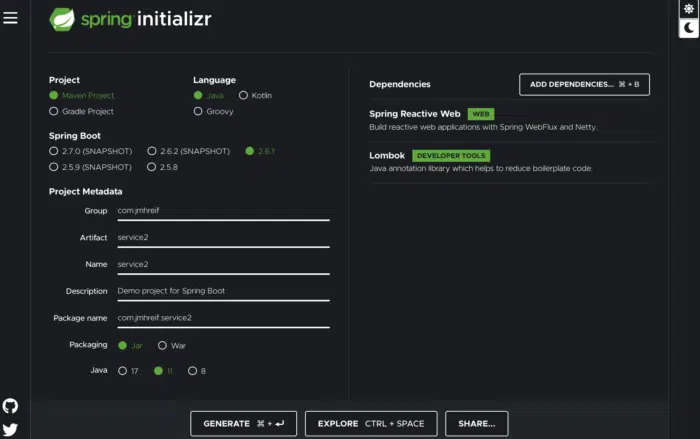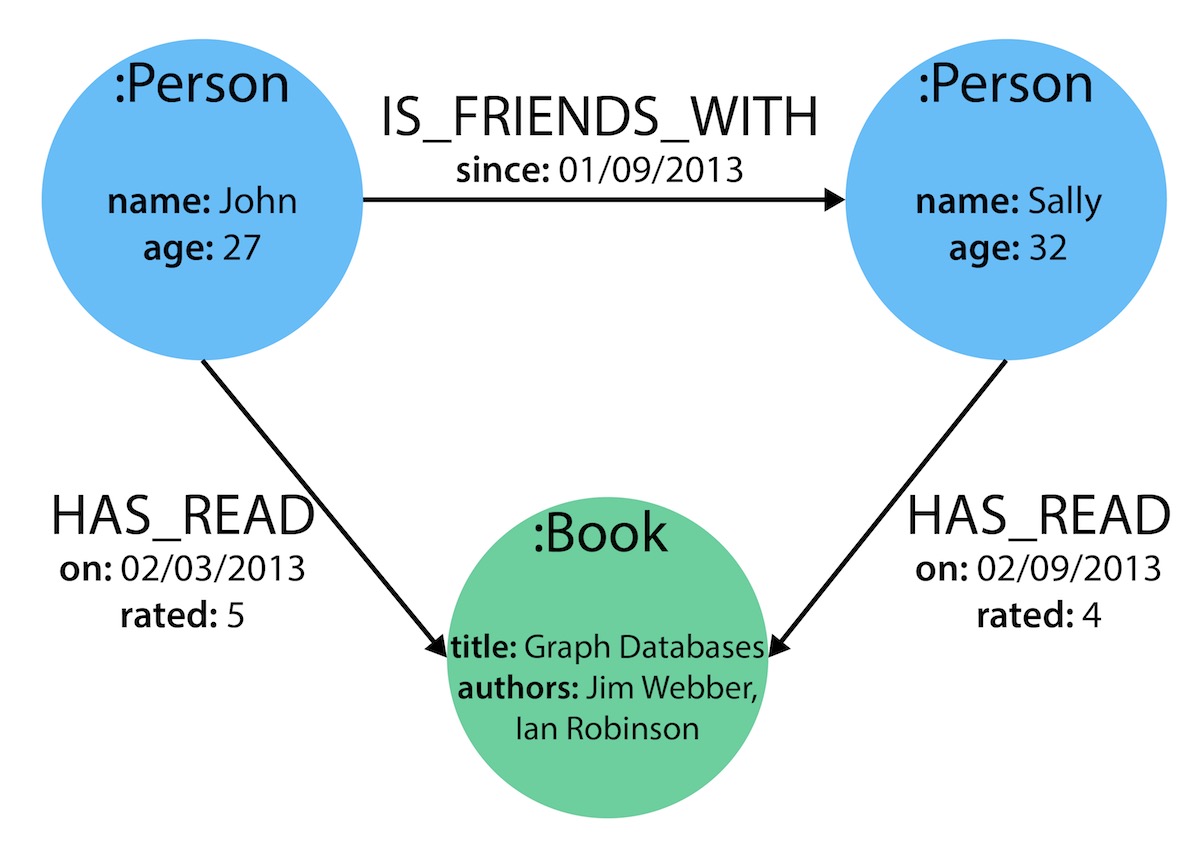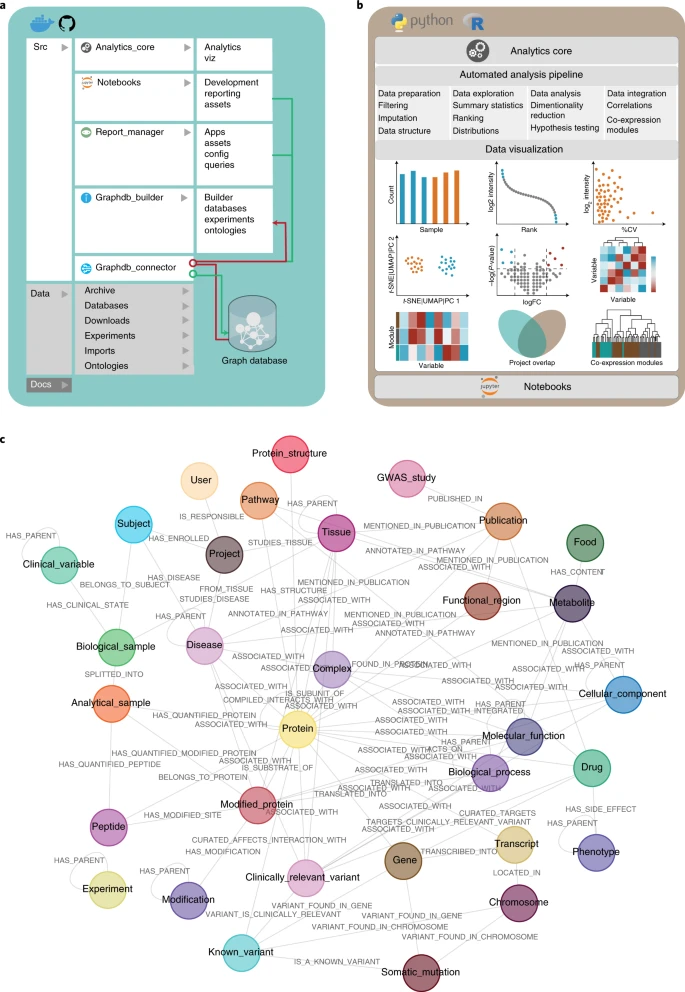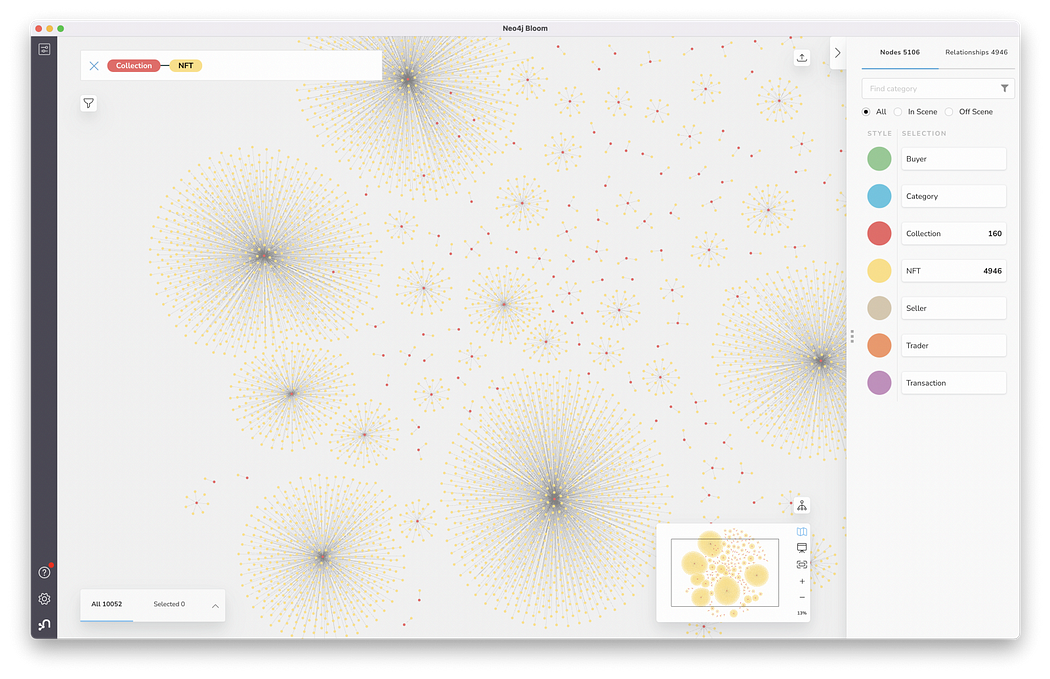This Week in Neo4j – Knowledge Graphs

Senior Developer Advocate, Neo4j
3 min read

When Google launched the Knowledge Graph in 2012 (yes, it really has been 10 years – we had to double check as well) everybody got to experience the power of connected data points. Today, many projects use that very concept to link data together in order to gain better insights, as well as develop astonishing applications.
We were particularly inspired by the Clinical Knowledge Graph with proteomics data that was presented in a Nature article (see article below). If you want to build your own, have a look at our tutorial “Build a Knowledge Graph using NLP and Ontologies“.
Cheers,
Andreas & Alexander
P.S. Currently we have opened the Call for Papers for GraphConnect 2022 and encourage you all to submit – no matter what graph topic is currently top of your mind, we want to hear from you!
Featured Community Member: Dana Canzano
This week’s featured community member is Dana Canzano.

Dana Canzano – This Week’s Featured Community Member
Dana is a paragon of patience and humility in the Neo4j community. No question is too big, or too small, or too often repeated. Whether it’s your first day or you’re deep in high stress production, having Dana’s help is great assurance that everything will be ok.
On behalf of the countless people you’ve helped, we say “Thank you, Dana!”
Journeys in Java, Level 1: Building an Empire of Microservices

Jennifer Reif created two individual Spring Boot applications that communicated over HTTP by creating a REST api backing service that produced a string message and a client frontend service that called the backing service and displayed the text in response. She utilized the Spring WebClient interface to reactively call and retrieve results.
Building Neo4j Applications with Python

In this brand new course, we walk through the steps to integrate Neo4j into your Python projects. We will follow the steps to create an instance of the Neo4j Python Driver, learn about sessions and transactions, and use that knowledge to build a REST API with Flask.
The project also serves a pre-built Single Page Application (SPA) that calls the API. As you work through the course, you will replace the hardcoded API responses with data from Neo4j.
A Comprehensive Guide on Neo4j

Mrinal Singh Walia wrote a comprehensive guide on Neo4j that is intended to assist beginners in understanding the basics to practical concepts of graphs. It will explain all the definitions and the terms involved in Neo4j to take you to a higher level of expertise.
A Knowledge Graph to Interpret Clinical Proteomics Data

The Mann labs – a division from the Max Planck Institute of Biochemistry – present a clinical knowledge graph with a paper published in Nature. Their Knowledge Graph currently comprises close to 20 million nodes and 220 million relationships that represent relevant experimental data, public databases and literature.
The graph incorporates statistical and machine learning algorithms that accelerate the analysis and interpretation of typical proteomics workflows. Using a set of proof-of-concept biomarker studies, they show how the graph can help inform clinical decision-making.
Discover AuraDB Free: Analyzing NFT Trades

Michael Hunger and Alexander Erdl take on NFTs in the last episode of Discover AuraDB which runs live on Mondays. This week they analyze NFT trades and show how easy it is to get data in Neo4j AuraDB with the new Neo4j Data Importer. You can watch the recording of the episode as well as read Michael’s write-up.
Tweet of the Week
My favorite tweet this week was by Topologic:
Ingredients sourced from @TestFitInc, pre-cooked a bit in @DynamoBIM (by master chef @AAltahlawi), exported to @Blender, stirred into a magic potion using @topologicBIM within #sverchok , poured into a @neo4j graph, and visualised in @kineviz
— Topologic (@topologicBIM) February 1, 2022
Don’t forget to RT if you liked it too!








